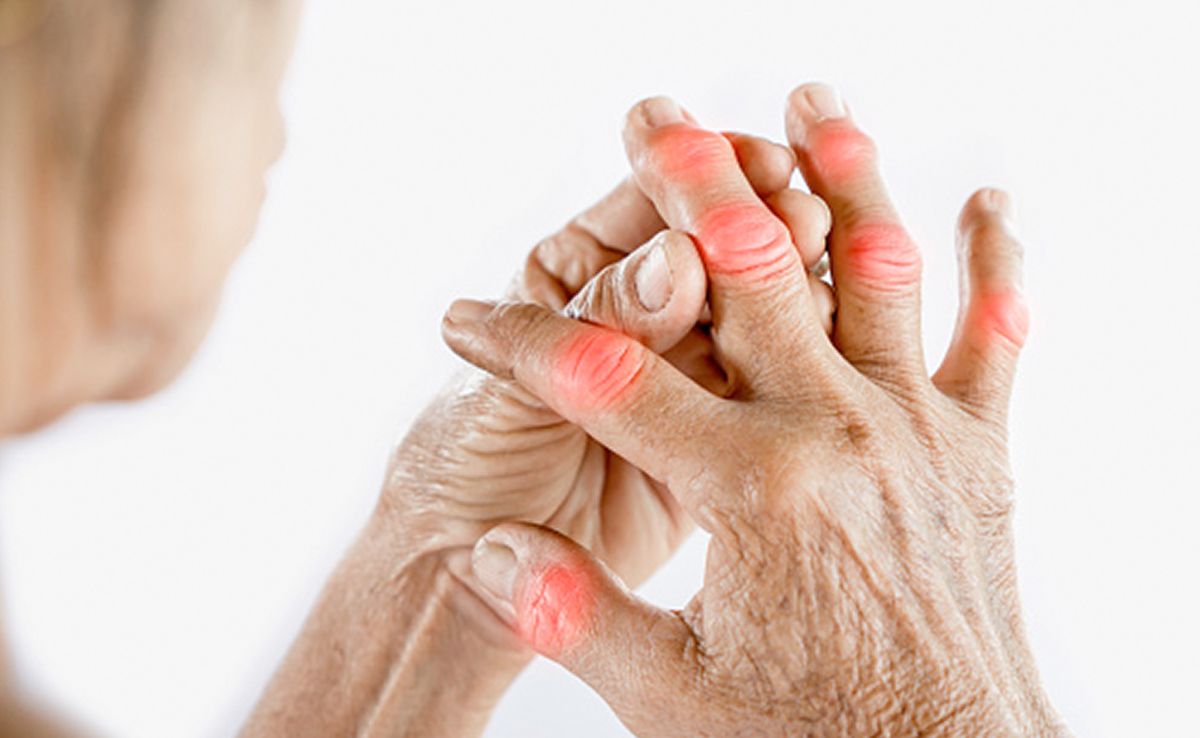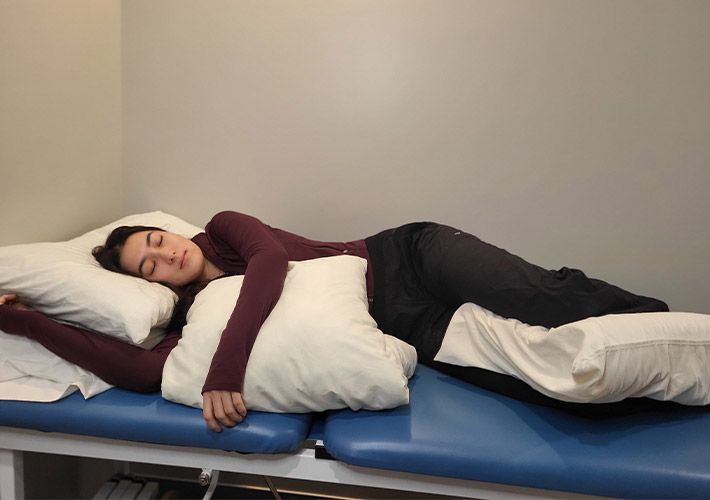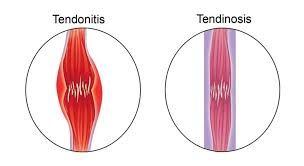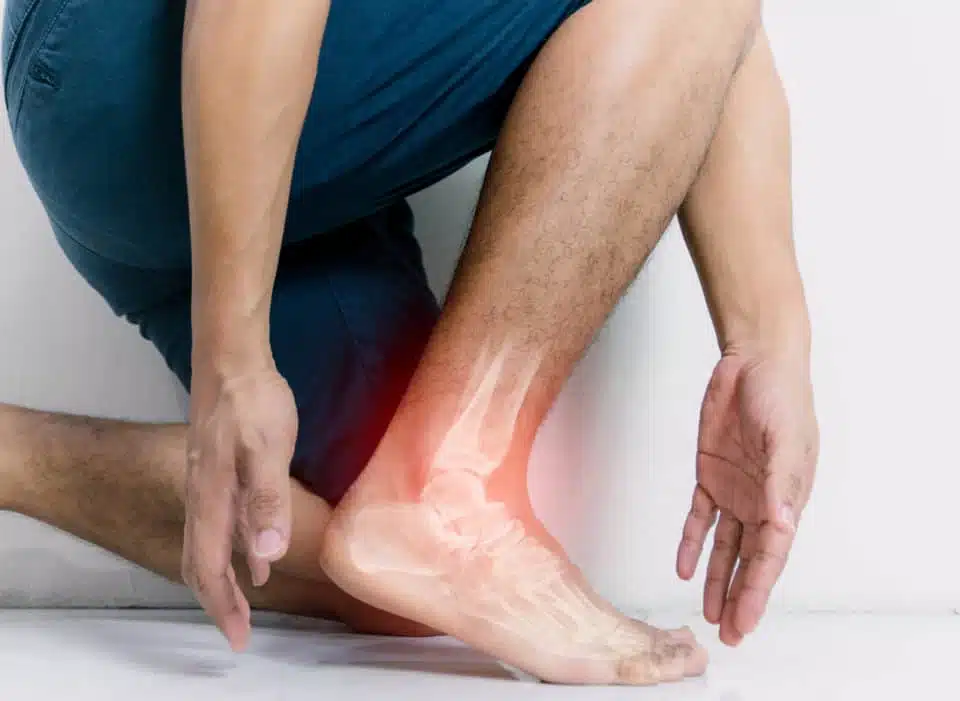10 Things You Need to Know About Arthritis!

Arthritis is a common yet often misunderstood condition that affects millions of people across the world. While it’s often associated with aging, arthritis doesn’t discriminate — it can impact people of all ages, from children to seniors. Living with arthritis can mean dealing with pain, stiffness, and a decreased ability to move comfortably. Fortunately, there are many ways to manage arthritis and improve your quality of life, including chiropractic and massage care.
Here are 10 essential things you need to know about arthritis, including the role our team in Buffalo, NY can play in helping you feel better and stay active.
1. There Are Over 100 Types of Arthritis
When most people hear “arthritis,” they think of general joint pain or aging joints. However, arthritis is actually a term that encompasses more than 100 different types of joint diseases and conditions. The most common types include:
- Osteoarthritis (OA): The most common form, caused by wear and tear on joints.
- Rheumatoid Arthritis (RA): An autoimmune condition where the immune system attacks joint tissue.
- Psoriatic Arthritis: Associated with psoriasis, an inflammatory skin condition.
- Gout: Caused by the buildup of uric acid crystals in joints.
- Juvenile Arthritis: A form of arthritis that affects children.
Understanding which type you have is crucial for effective management.
2. It’s Not Just a “Senior Disease”
While arthritis is more common in people over 60, it’s not limited to older adults. According to the CDC, nearly 300,000 children in the U.S. live with some form of arthritis. Many adults in their 30s and 40s also begin experiencing early signs. Joint pain, swelling, and stiffness shouldn’t be ignored at any age.
3. Early Diagnosis Can Make a Big Difference
Catching arthritis early can slow its progression and help preserve joint function. If you notice symptoms such as persistent joint pain, swelling, redness, or stiffness — especially in the morning — it’s wise to consult a healthcare provider. With early intervention, many people are able to manage arthritis effectively for years.
4. Chiropractic Care Can Improve Joint Function
Chiropractic care focuses on the alignment and mobility of the spine and joints. For arthritis sufferers, chiropractic adjustments can help reduce joint restrictions and improve overall function. While it doesn’t cure arthritis, it can ease tension, enhance flexibility, and decrease pain.
Our chiropractors use gentle, tailored techniques to help restore mobility and reduce inflammation in affected areas. We also offer posture and movement guidance to help you reduce stress on your joints throughout daily activities.
5. Massage Therapy Can Ease Pain and Stiffness
Massage therapy is another effective way to manage arthritis symptoms. Regular massage sessions can help reduce muscle tension, improve circulation, and ease joint stiffness. It’s especially helpful for those who feel sore or tight due to compensating for arthritic joints.
At our office, licensed massage therapists work with patients to deliver focused relief for the areas most affected by arthritis, whether it’s the hands, neck, back, or knees. The result? Less pain and a greater sense of mobility and relaxation.
6. Inflammation Is a Big Part of the Problem
Inflammation is a major contributor to arthritis-related pain. In autoimmune forms like RA or psoriatic arthritis, the body’s immune system mistakenly attacks healthy tissues, creating painful inflammation. In OA, inflammation is the body’s response to joint wear and tear.
Lifestyle adjustments, such as maintaining a healthy weight, eating an anti-inflammatory diet, and avoiding smoking, can help reduce inflammation and lessen arthritis symptoms over time.
7. Exercise Is One of the Best Tools for Management
Many people with arthritis avoid exercise because they’re afraid of making their pain worse. But the opposite is often true. Regular movement helps strengthen the muscles that support joints, improves range of motion, and boosts energy.
Low-impact exercises such as swimming, walking, biking, and yoga are great choices. A chiropractor or licensed massage therapist can also provide personalized recommendations for safe exercises that support joint health and reduce pain.
8. Prevention Starts with Joint-Friendly Habits
There’s no guaranteed way to prevent arthritis, but certain habits can reduce your risk or slow its progression:
- Maintain a healthy weight to reduce pressure on joints.
- Stay active with joint-friendly exercises.
- Avoid repetitive movements that stress joints.
- Wear supportive footwear.
- Practice good posture and ergonomic work habits.
- Our team can offer guidance on these preventive strategies and suggest ways to keep your joints healthy for the long haul.
9. Mental Health Matters
Chronic pain from arthritis can lead to emotional strain, including anxiety and depression. It’s important to take care of your mental health alongside your physical well-being. Activities like meditation, deep breathing, and regular massage therapy can ease both physical tension and mental stress.
We also encourage open communication with our patients. Managing arthritis is a team effort — and feeling heard and supported can make a significant difference.
10. You Don’t Have to Face Arthritis Alone
Dealing with arthritis can feel overwhelming, but you’re not alone. With the right support system — including healthcare professionals, family, and wellness providers — you can take control of your symptoms and enjoy an active, fulfilling life.
At our chiropractic and massage office, we’re committed to helping patients find relief and restore function. Whether you’re newly diagnosed or have been living with arthritis for years, we’re here to offer safe, effective treatments tailored to your needs.
Final Thoughts
Arthritis may be a chronic condition, but with early intervention and the right care, it doesn’t have to control your life. Through a combination of chiropractic adjustments, therapeutic massage, exercise, and healthy habits, many people find real relief from pain and a return to the activities they love.
If you’re ready to explore how chiropractic and massage therapy can help manage your arthritis symptoms, reach out to us today. Our team at Peak Performance is here to answer your questions, assess your needs, and work with you toward greater mobility and comfort — one step at a time.
Bethany Wolcott
D’Youville Chiropractic ‘26












